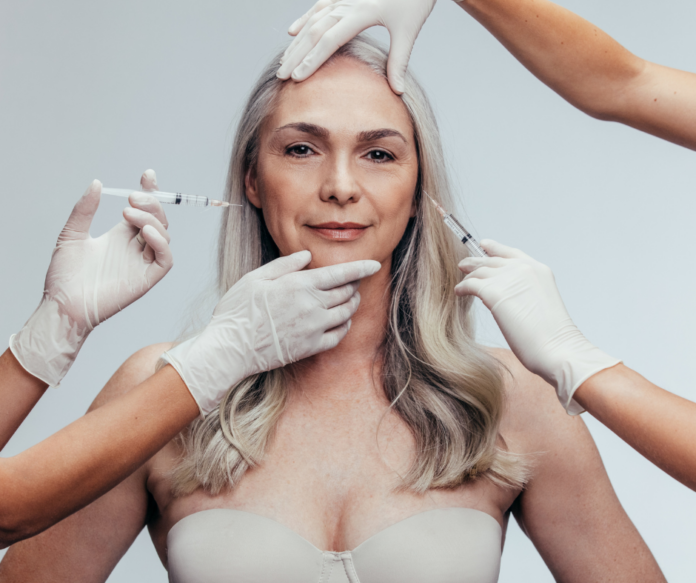
Understanding Botox Complications: What You Need to Know About Medspa Services
Introduction to Botox and Medspa Services
Botox is a popular cosmetic treatment that has gained widespread acceptance for its ability to reduce the appearance of fine lines and wrinkles. Medspa services, which include Botox injections, are becoming increasingly popular as people seek non-surgical solutions to enhance their appearance. However, as with any medical procedure, there are potential complications and risks associated with Botox injections. In this article, we will address common questions and concerns about Botox complications, providing specific answers and solutions to help you make informed decisions about your medspa treatments.
What is Botox and How Does it Work?
Botox is a brand name for botulinum toxin type A, a neurotoxin derived from the bacterium Clostridium botulinum. When injected into the muscles, Botox works by temporarily blocking nerve signals that cause muscle contractions. This results in a temporary relaxation of the targeted muscles, which can help to smooth out wrinkles and fine lines. Botox injections are commonly used to treat forehead lines, crow’s feet, and frown lines between the eyebrows.
Common Botox Complications and Side Effects
While Botox is generally considered safe when administered by a qualified professional, there are potential complications and side effects that can occur. Some of the most common Botox complications include:
1. Pain, swelling, or bruising at the injection site: These side effects are usually mild and temporary, lasting only a few days. To minimize discomfort, your provider may apply a topical anesthetic or ice pack before the injection.
2. Headache: Some patients may experience a headache after Botox injections, which typically resolves within 24-48 hours. Over-the-counter pain relievers can help alleviate this symptom.
3. Eyelid drooping (ptosis): This rare complication occurs when the Botox spreads to nearby muscles, causing temporary weakness. Eyelid drooping usually resolves within a few weeks and can be treated with prescription eye drops if necessary.
4. Asymmetry or uneven results: In some cases, Botox injections may result in an uneven appearance, with one side of the face appearing more relaxed than the other. This can usually be corrected with additional injections.
5. Allergic reactions: Although rare, some individuals may experience an allergic reaction to Botox, which can cause symptoms such as itching, rash, or difficulty breathing. If you suspect an allergic reaction, contact your provider immediately.
Reducing the Risk of Botox Complications
To minimize the risk of complications, it is essential to choose a qualified and experienced provider for your Botox injections. Here are some tips to help you find the right provider:
1. Verify credentials: Ensure that your provider is a licensed medical professional, such as a dermatologist, plastic surgeon, or nurse practitioner, with specific training in Botox injections.
2. Check experience: Ask about the provider’s experience with Botox injections, including the number of procedures they have performed and any specialized training they have received.
3. Read reviews: Look for online reviews and testimonials from previous patients to get a sense of the provider’s reputation and the quality of their work.
4. Schedule a consultation: Before undergoing Botox injections, schedule a consultation with your provider to discuss your goals, expectations, and any concerns you may have. This is also an opportunity to ask questions about the procedure and the provider’s experience.
What to Do If You Experience Botox Complications
If you suspect that you are experiencing complications from your Botox injections, it is essential to contact your provider as soon as possible. They can assess your symptoms and recommend appropriate treatment or corrective measures. In some cases, additional injections may be necessary to achieve the desired results or to correct any asymmetry.



